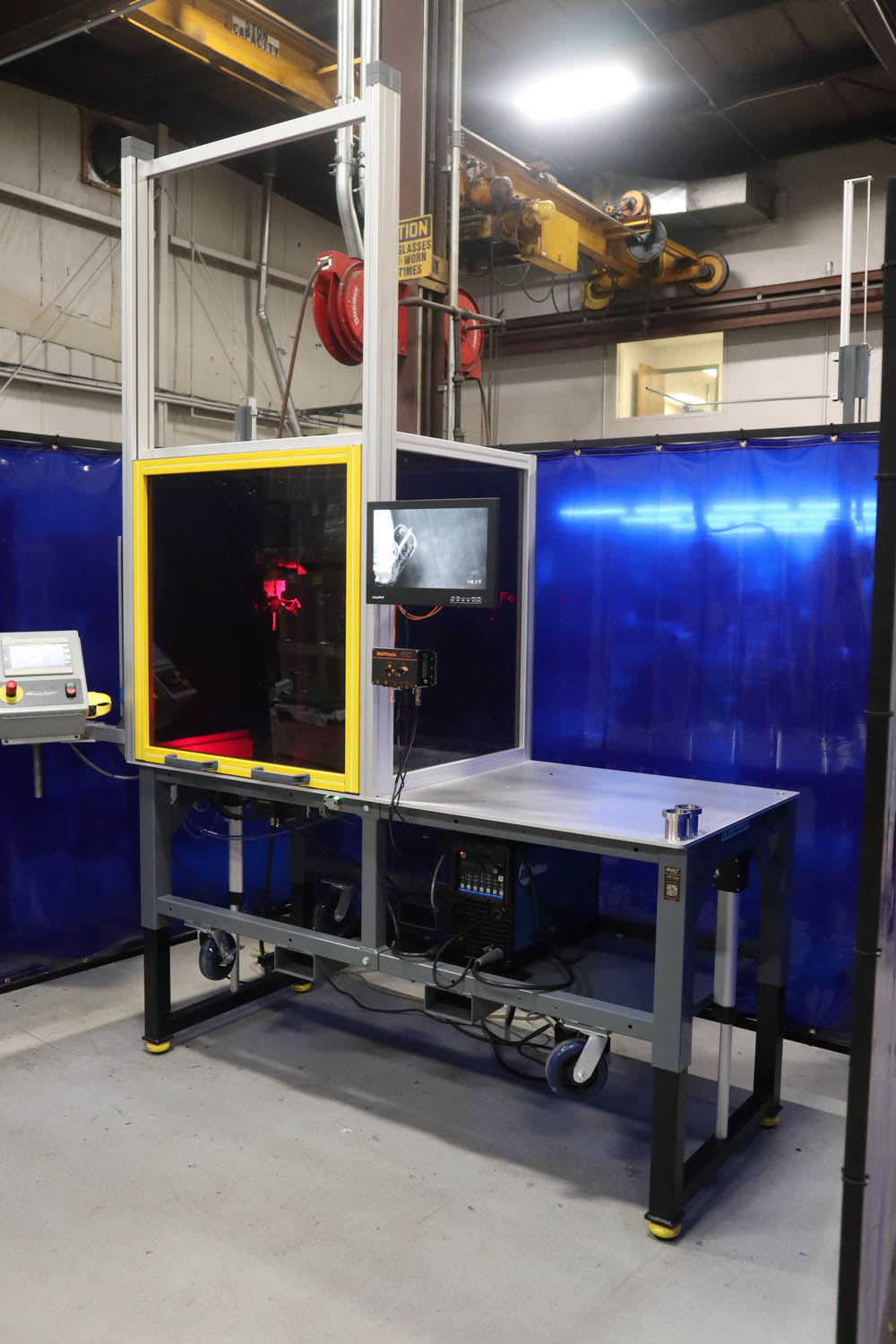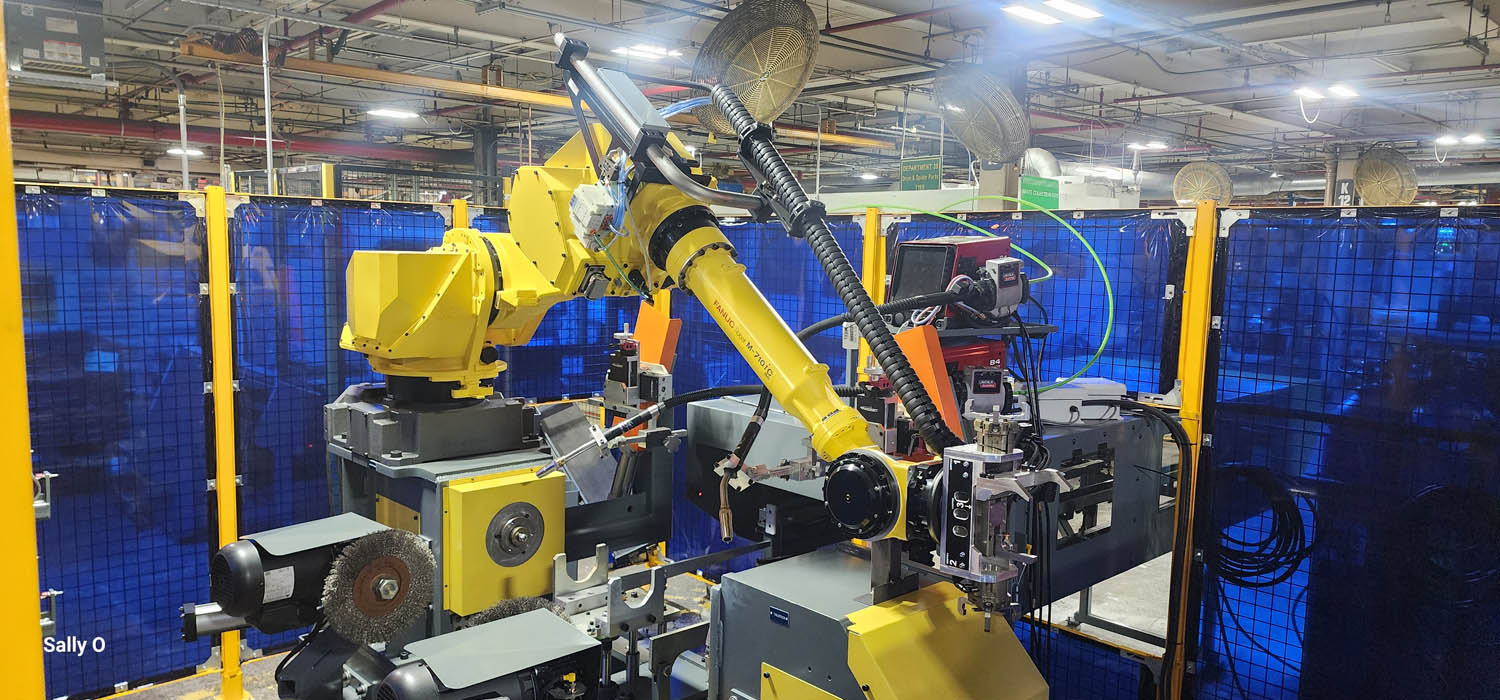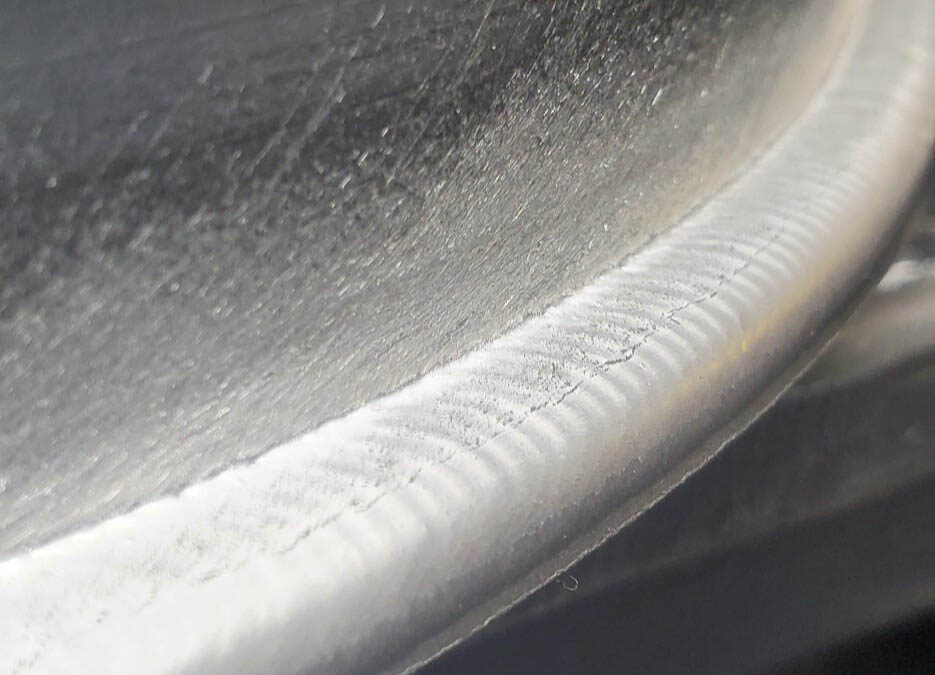Safety when welding is of utmost importance. Not only does it protect the welder from harmful UV light and sparks, but it also ensures others in the vicinity do not come into contact with harmful elements like UV light, sparks or debris that can pose dangerous risks. Welding screens play an essential role; Bancroft Engineering understands this important component when creating automated welding machines in Waukesha WI – that’s why we specialize in providing automated welding machines with screens tailored specifically for your work environment.
Screens & Curtains: An Overview
Before diving deeper into welding screens vs. curtains, it is essential to understand their differences. While both products serve to protect workers from welding hazards, each has different applications and characteristics:
Welding Screens: These panels can either stand alone or link together to form an effective barrier in environments with regular welding activities. Used as permanent solutions for these environments, welding screens provide durable protection that withstand heavy-duty conditions and are ideal for robotic welding systems and larger welding equipment.
Welding Curtains: In comparison, welding curtains are made of flexible material like vinyl that is fire-resistant, often suspended from a frame or ceiling and pulled across when necessary. They’re great for environments in which welding occurs occasionally or where more flexible space usage is desired as they can easily be moved or adjusted according to what’s needed. Welding curtains are great for welding positioners and multi-purpose work areas.
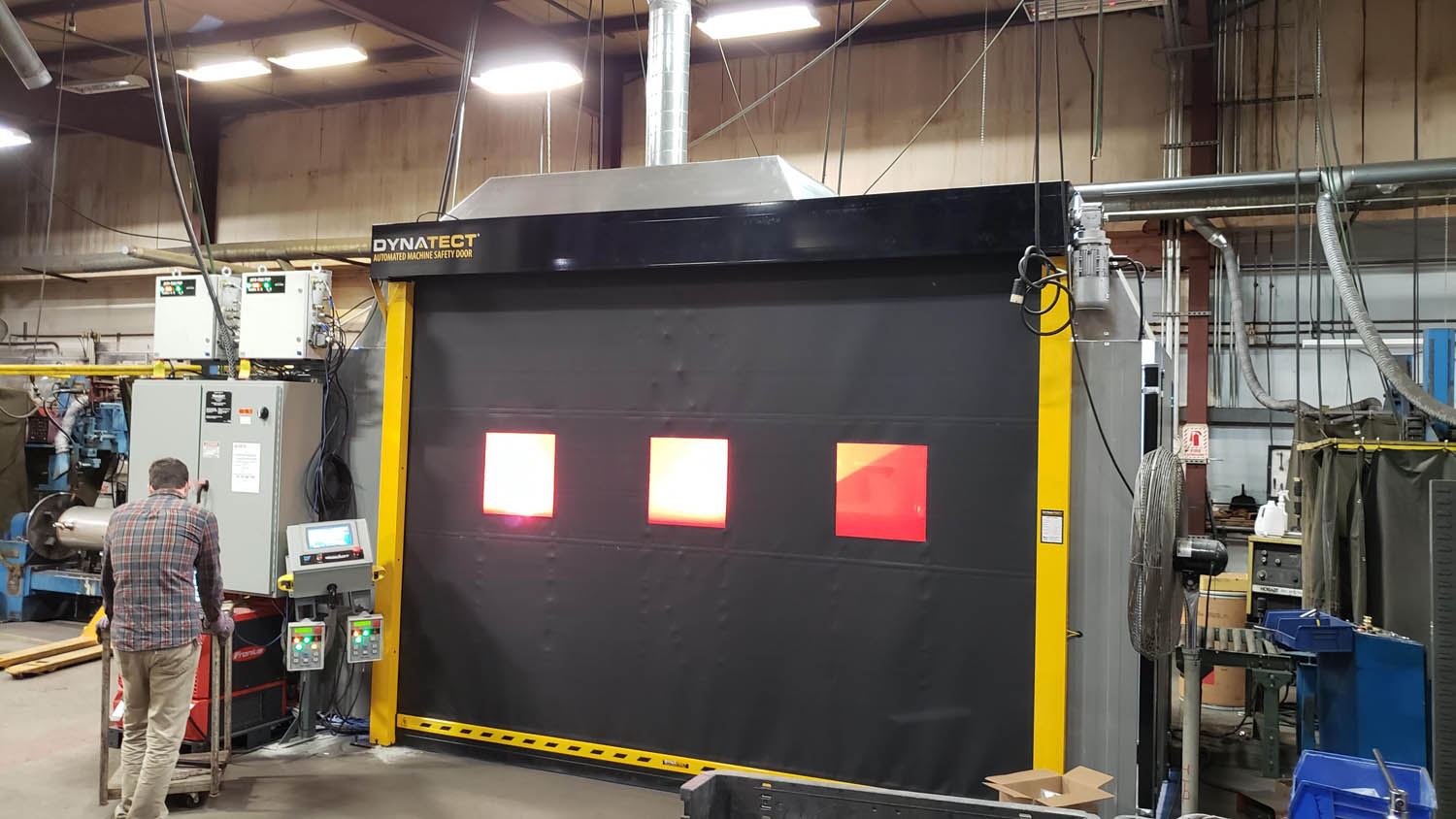
Key Physical Characteristics of Welding Screens
When purchasing a welding screen, take into consideration these physical attributes in order to select one suitable for your particular needs:
Material: Welding screens are typically constructed of resilient materials such as polycarbonate, acrylic or coated glass that can withstand high temperatures while also offering UV radiation and spark protection. Polycarbonate screens are particularly popular because they’re impact-resistant while still offering exceptional visibility.
Size: Welding screens come in various sizes to meet the unique requirements of your fabrication shop. When measuring the area you need to protect with welding screens, it’s essential that they fully encase it. There are modular screens available which can be linked together for larger barriers.
Mobility: When considering your work environment, welding screens that can easily be transported will likely be necessary. Some models include wheels for easy transport; lightweight screens may even allow quick repositioning throughout the day if your welding area shifts. This feature is especially advantageous in dynamic work spaces where welding areas move around the shop floor frequently throughout the day.
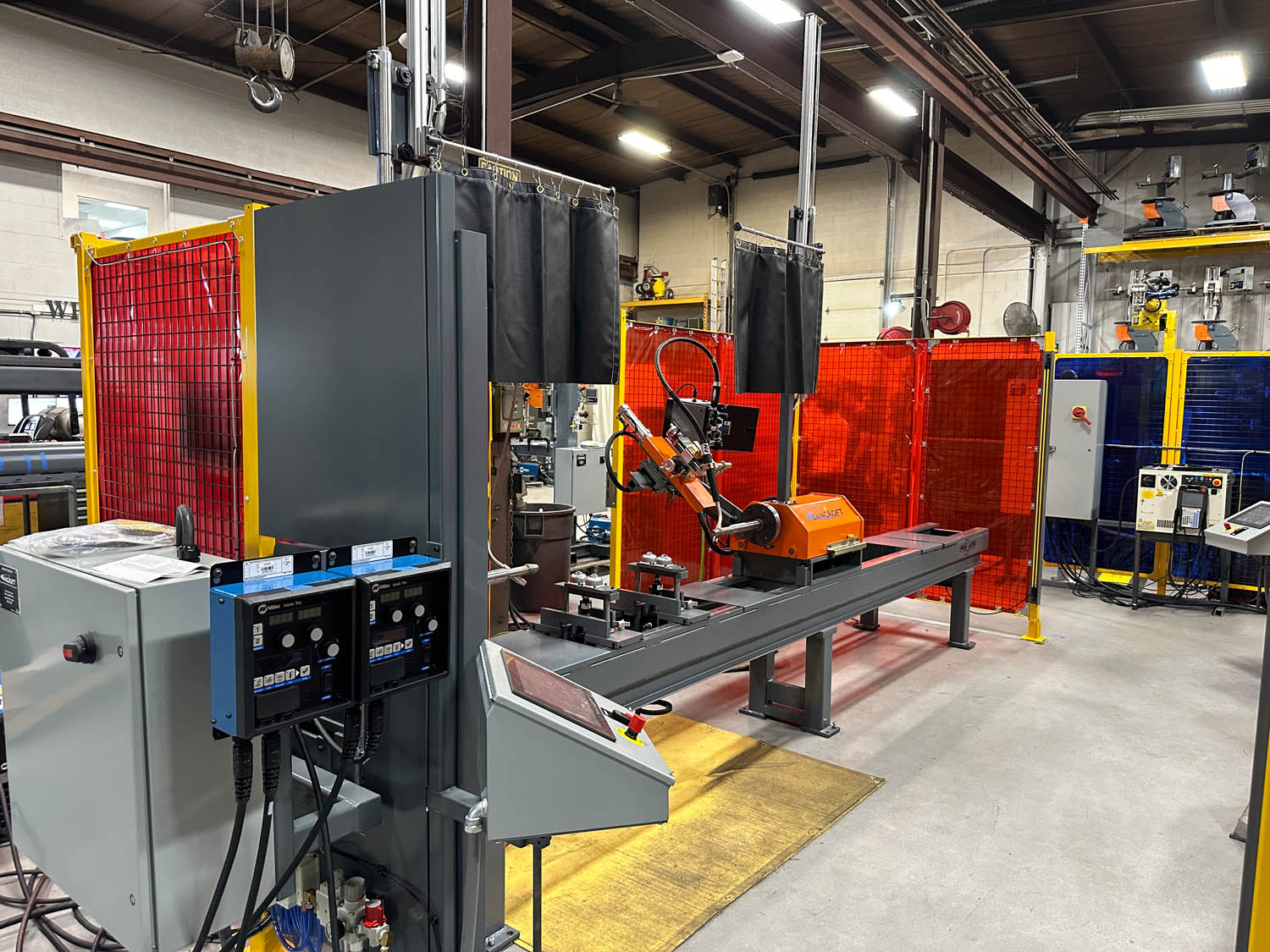
Safety Standards: What to Keep an Eye Out For
When purchasing welding screens, it is crucial that they meet the relevant safety standards. This ensures they offer adequate protection from welding-related risks.
ANSI Z49.1: This American National Standard for Safety in Welding, Cutting and Allied Processes provides guidelines on welding screen materials to be used and their level of protection they must offer.
OSHA Compliance: To protect worker safety, welding screens must adhere to regulations set by OSHA. Make sure the screens you purchase meet these specifications – typically this information will be included by their manufacturer.
Weld Cameras: In the last few decades, weld cameras have also become important tools in protecting operators. These can be combined with semi-transparent or opaque curtains to provide an extra level of protection from UV exposure, sparks, and many of the inherent dangers of welding.
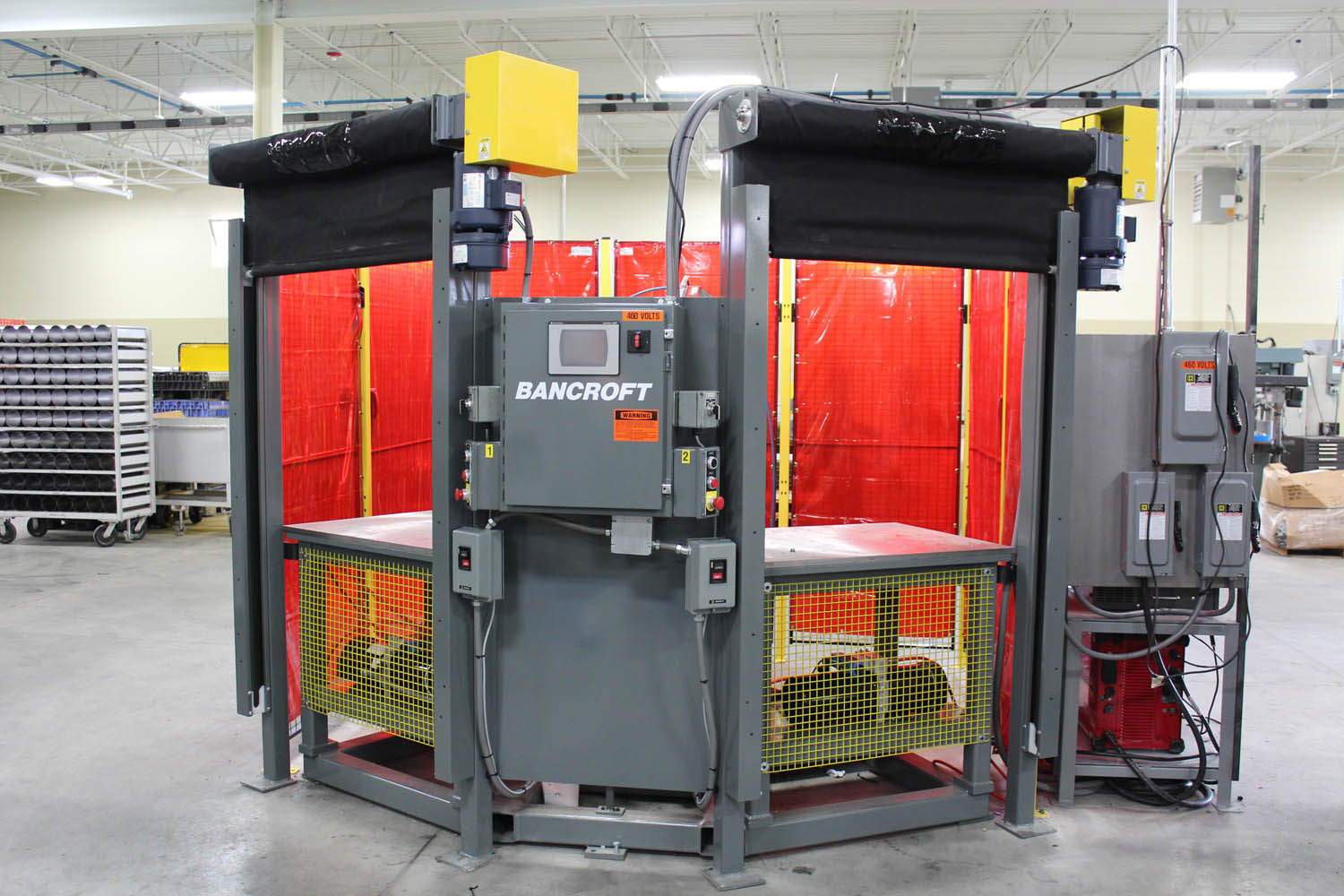
Color Options for Welding Screens
A welding screen’s color plays more than an aesthetic role; it plays a vital part in its safety and functionality.
Green Screens: Green is one of the most popular colors used for welding screens as it provides effective protection from UV radiation and blue light rays that could otherwise harm one’s eyes. In fact, green provides the optimal balance between visibility and protection.
Yellow Screens: Yellow screens offer higher levels of visibility, making them useful in environments where supervisors need to monitor welding process closely. However, they may not block as much UV light than darker colors would.
Red and Orange Screens: Red and orange screens can provide additional protection from infrared radiation in environments with high levels of both heat and light, offering optimal protection. They’re especially useful when the environment contains both.
Transparent Screens: While not offering as much UV protection as colored screens, transparent screens may still prove useful in environments that prioritize visibility while other protective measures are implemented such as manual welding face shields.
Choose the Right Screen/Curtain for your Welding System
Selecting the appropriate welding screen is vital to creating a safe, productive work environment. By understanding the differences between welding screens and curtains, considering physical characteristics and safety standards, and choosing an appropriate color option, you can create an environment tailored specifically for your operation.
At Bancroft Engineering in Waukesha, WI we’re here to provide solutions that enhance both safety and productivity during welding processes—whether that means assistance selecting an ideal welding screen or automated welding machines. Contact us now for more information about our products and services!
